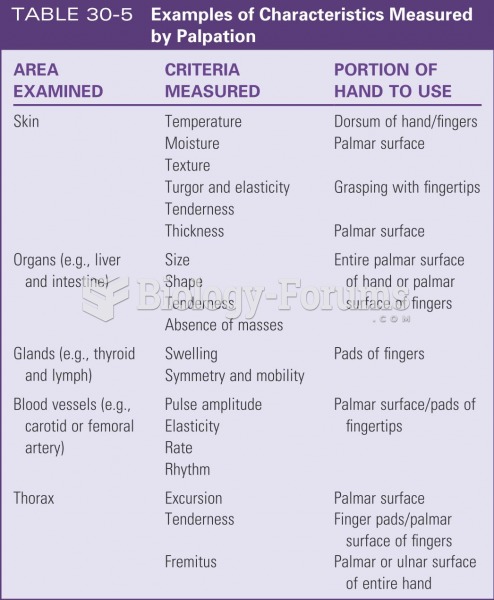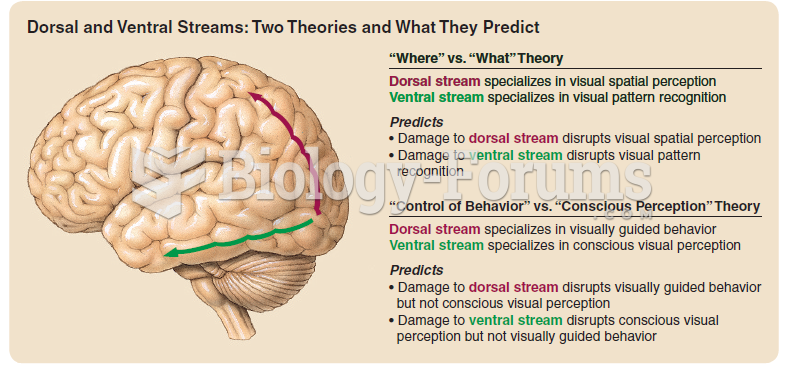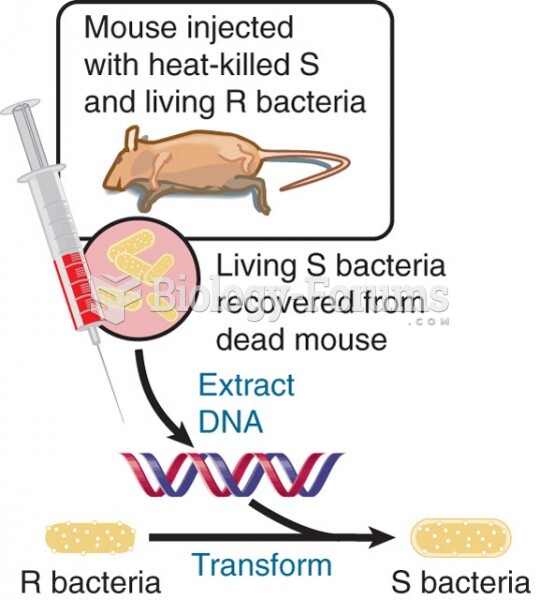Answer to Question 1
In the 1950s, two cardiologists named Myer Friedman and Rxay Rosenman (1974) made the observation that many of their patients had hurry sickness. They wondered if the hurried behavior patterns these tense individuals displayed were related to the development of coronary heart disease (CHD). The duo captured the behavior pattern they often saw in their patients of an exaggerated sense of time urgency, competitiveness, and an inordinate drive in a construct they called the Type A behavior pattern. Later definitions of Type A also included negative affectivity qualities such as irritation, hostility, and increased potential for anger (Rosenman, 1990, p. 2). Friedman and Rosenman called those who showed the opposite pattern, the more relaxed and easy going types, Type B.
The Type A behavior pattern, they posited, could be evaluated through using an assessment tool the two developed called the Structured Interview. The Structured Interview was administered by trained examiners who recorded interviews that were later evaluated for Type A qualities such as rapid-accelerated speech with loud punctuated words or phrases, nervous movements (e.g., jaw clenching), exaggerated gesticulation when talking (e.g., fist pounding), and other indicators of the hurried and tense pattern. Later, a self-report instrument called the Jenkins Activity Survey was also developed to measure the pattern.
Answer to Question 2
There is meta-analytic evidence that neuroticism modestly increases the risk of adverse health consequences through engaging in certain types of health-risk or harming behaviors. These health risk behaviors may account for some of the findings of early mortality for persons with high levels of neuroticism. Overall then, it appears that high neuroticism found in people with a higher level of negative affect such as anxiety and depression; a lower level of positive affect, happiness, and life satisfaction; a greater use of disengagement coping; a greater chance of developing a clinical disorder (especially an internalizing disorder) or a personality disorder (especially a distress-related disorder); more intimate relationship dissatisfaction; a greater probability of engaging in health harming behaviors such as tobacco smoking and problem alcohol use; a greater likelihood of being involved in an occupational accident; and perhaps a greater risk for early mortality, although the neuroticism-mortality link is not firmly established.
Although these findings are very concerning, there is some room for optimism. For example, the trait called emotional stability which is the trait at the opposite end of the neuroticism dimension, shows steady increases across our life-span (as do traits such as warmth, self-control, and confidence) until it levels off in late adulthood. These findings suggest then that the personality trait of neuroticism would in turn gradually lessen over the lifespangood news for those who suffer some of the pitfalls of neuroticism.







